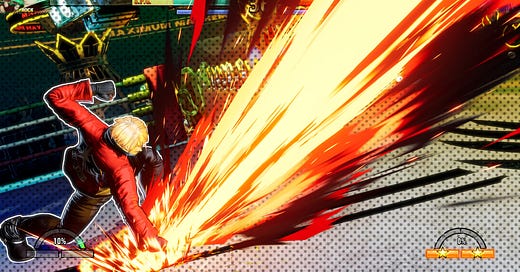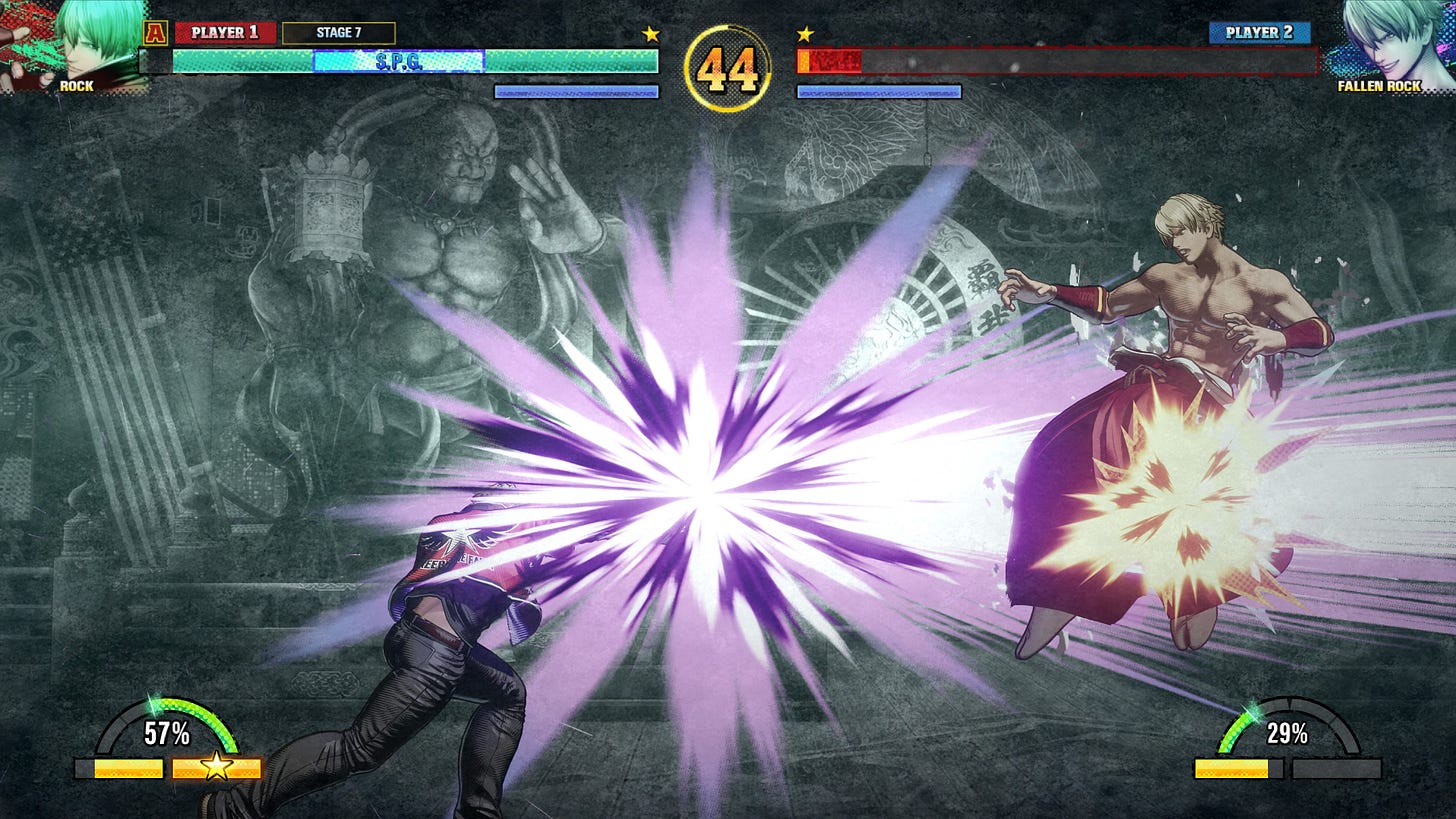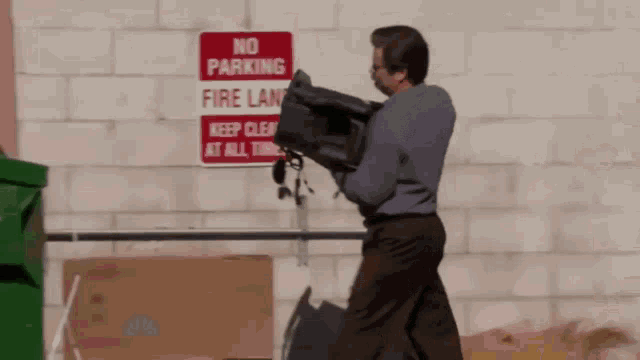Fatal Fury could be considered one of the foundations of modern fighting games, coming out not too soon after Street Fighter 2 dropped with the original SF creator at the helm. It presented some different styled gaming in the form of two lane combat, and new universe, and a four-button layout. As time has moved on, SNK soon moved its flag to the King of Fighters series, at first doing yearly updates with characters and story. The modern versions of KoF now go in numbered sequels and are considered the flagship SNK fighter.
Through the years, there have been other sequels in the Fatal Fury franchise (and Art of Fighting originally started as a prequel to Fatal Fury). As eyes moved over to KoF, for many, the previous game, Mark of the Wolves, was considered the last in the Fatal Fury saga, sadly leaving many with a cliffhanger. It took twenty-five years, but we managed to finally get another game in Fatal Fury and not affiliated with KoF. So with this, we have a new Fatal Fury, but how does it hold up? Was it worth the wait, and is there anything going forward with this?
Well, let’s find out
…
The Stats:
Bought at: Best Buy
Paid: $86 (got the collector’s edition)
Platform: PS5, played with new arcade deck
Played: Went through several arcade mode story runs, messed around a bit with the Episodes of South Town, and a few other modes
TL:DR: Fatal Fury: COTW is a very solid and aggressive styled fighter, and may give some tired of Street Fighter a bit of an alternative
Gameplay:
Fatal Fury is in ways different from King of Fighters (KoF) and also Street Fighter, for this review going forward. We will be referring to the last game of the series Mark of the Wolves as simply Garou the title of the Fatal Fury series in Japan and also what when many of us hear this word think of Mark of the Wolves. This section is going to bring up aspects of Garou: Mark of the Wolves, so I wanted to make it clear what we’re talking about. If you want a very brief review done recently on Garou, check out my article about the port on the PS4 here.
Fatal Fury’s selling point is the Rev system, which uses something also called S.P.G. Let’s get this out of the way right now: S.P.G. is T.O.P. in a new wording, the Rev system, though, is the most interesting thing about this game. As you fight, you notice a gauge slowly building in the corner of the screen. One would think the higher it goes, the better. It is, in reality, the exact opposite; you can think of this more as the drive gauge in Street Fighter 6 just in reverse. While you use the drive gauge in 6 to power your EX attacks and drive movements. Fatal Fury uses the function to just power your EX moves.
As you attack and fight, the gauge does and ebb and flow of filling and depleting depending on your movements, special moves can do damage. But at the cost of filling your gauge up. If you hit overdrive, you will be at a more critical level and unable to use EX moves for a time much like in SF6, doing combos without special moves, or throws or even doing a Super Rev (more on that in a bit) will lower your gauge or in the case of a Super Rev (patent pending) will reset it to zero.
S.P.G. retains all the aspects of T.O.P., even the special move (now called a Rev attack) that is only usable when S.P.G. is active; there are a few wrinkles to the use of the meter now added in. For starters, there is an air special variant that can be done with the same command as the normal Rev attack, also if you have two bars of gauge filled. You can perform your Rev Super (or, in SF6 slang, your critical art), but only if you are in the S.P.G. window to do so.
This sounds like a lot, but when you use it, it is not as complex as it sounds; it adds unique wrinkles to an established formula, but I also found it more open-ended than the Drive system of SF6. When I play SF6, I tend to lean conservative as I know I have to build back up what I spend in meter. With Fatal Fury, though, I feel like I can use more EX moves and also more mix-ups than I could in other games. The S.P.G. can be moved like the older T.O.P. from Garou, and while it can feel like the deck is stacked against you when you use it at the front of the meter. It will take some persistence, but it is not the overpowering thing everyone makes it out to be. You will have to be aggressive, but that is the point of the system and the Rev meter as a whole.
Just defend also returns, this time it seems to be more active than in the original, and you can time it right with projectiles can replenish a decent chunk (though it still won’t be much). There is also another new feature, the Rev button, which reminds me of the shield aspect of old Guilty Gear games. Though using it will fill your Rev gear faster but in exchange you will not lose any health. It’s something I’m not conscious of using while playing, but could be useful in the right situations, so you should try to remember to use it.
All this leads to a much more aggressive and fast-paced style of combat, the balance actually kind of feels more in line with what, in my mind, Tekken 8 promised. It also doesn’t feel like you need to activate it to use it, and the Rev gauge gives you the freedom to see what EX moves work and blend well with other moves.
Characters
The roster of this game starts rather robustly with more returning faces than new ones. Terry and Rock are the leads, and almost all of the original cast of Garou appear, with classic additions of Billy Kane and Mai Shiranui joining the cast for this one; their inclusion feels like a natural one and very organic to the world. So far while the balance can be a bit wonky with the games AI (corner rape is gonna corner rape). I don’t feel there is one truly overpowered character for everyone.
Included with this cast is also what I’ve dubbed the J.O.B. Squad, a bunch of characters in the Episodes of South Town that are just there to kick the crap out of. Though a word of advice, don’t sleep on a few of them, while most are pushovers, one or two have a very powerful move that can do a lot of damage if you don’t pay attention or move wrong before it hits.
I am surprised at how developed these characters are; the base arcade runs are rather full of development, and through the use of comic book-style intros and scenes at the end of your run, they fill out the story. I am not a fan of these comic book slideshows, it comes off as lazy and could have been done in video, and not taken that much space up I feel like.
Finally, part of this roster sadly includes guest characters, a DJ, and a Soccer star...OR Football. I’ll get to the DLC side of the characters at the end of the post, but for right now, if you want to know my thoughts on these guests, we now go live to Ron Swanson, Ron?
Ron Swanson, ladies and gentlemen, he’s not the best for nothing.
Modes and future updates:
The game is not as barebones as one thinks it would be; there are the standard Arcade and training modes. I know some people have been complaining about the non-involving tutorial mode, but I mean not every game is gonna hold your hand, and shouldn’t if you’re playing an SNK game, you kind of know what you are getting into.
Though of note, and something I found I enjoyed more than I expected at first blush, is Episodes of South Town; this sort of works in tandem with the arcade mode. If arcade mode gives you the basics, consider this an expanded mode. The story is told through text and also takes turns I did not expect. In theory, it is supposed to be an expanded version of the story of arcade mode. Instead, if we use, say, for example, Preecha. It turns into a supernatural adventure that ends on a rather heart-warming note.
What I also enjoyed was that it had some vibes of Soul Calibur’s mission mode, where you would have a sort of text adventure on the screen and a match with stipulations. To me, this is all old school in the right ways, it can also be something like the story with chibis in Tekken 8, an excuse to practice your character, and also has some light RPG elements that are more or less useful if you want to use them, but are nowhere needed. Finally, as you finish the campaigns of characters, you get some audio stories that develop character and the world of Fatal Fury as a whole.
If you liked the world tour mode of Street Fighter 6, you will not get all the cutscenes and such of that game. But, you will also be able to use your character and get more of a feel than you would in arcade mode. Arcade mode is great for what it is and still a nice slice of life action, but it’s not for people who crave single-player content. I would say Episodes is gonna be where you find your meat in the main course of the game.
I cannot say anything about the online version of the game, as I do not currently have PS Plus, so I can’t talk about it. Perhaps in a future DLC post, I’ll be able to get into that, but for right now, I can’t assess the online mode. Speaking of DLC, if you buy the game, congratulations, you bought the DLC also. That’s right, included with the game is the season one pass.
Right out of the gate, we’re gonna get Andy, and down the road Street Fighter joins as guests (and probably teasing Capcom vs SNK 3 further). It kind of makes the sting of two useless guests being added to the start since we’re coming out swinging with this DLC. I hope we get a second season cause I’d love to see a return of Blue Mary, and a proper Duck King, not just some DJ, maybe even one of the Kapawans also. But that is just me dreaming right now.
Final Thoughts
Fatal Fury: City of the Wolves has come out swinging in its opening days, and on the single-player side, it provides a very meaty little game for fighting game fans. It also has enough differences in gameplay to make a stand against Street Fighter 6 when it comes to an alternative. Though the comic book panels come off stupid to me, and its guest characters at the start are just, well, dumb. The rest of the game has more than made up for those few shortcomings. Also, at the base price of about 60 dollars and free season one DLC makes it a pretty compelling case to pick up. I imagine there will be sales also, sooner rather than later. So that makes for an easy recommendation to pick up this game.
It will probably intimidate newer players, and it does not exactly hold your hand in learning the game (though the system is NOT that hard to understand, and I feel more people explain it, making it more confusing than it is.) But putting in the time, you will find a fast and aggressive game that scratches that combat itch.
-The Chaos Director








